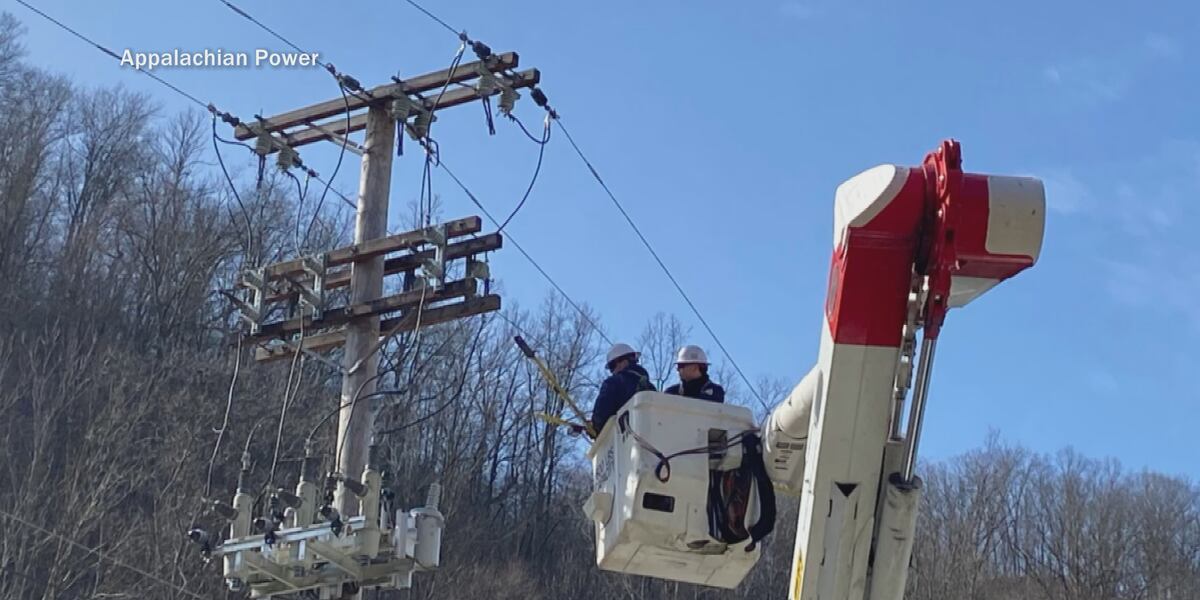Lost City of the 'Cloud People' Unearthed in the Andes Thanks to LiDAR Technology!

A Stunning Discovery in the Peruvian Andes
The dense cloud forests of Peru have long concealed the secrets of the Chachapoya people, an ancient civilization often referred to as the 'Cloud People' due to their mountainous homeland. Now, thanks to cutting-edge LiDAR (Light Detection and Ranging) technology, a remarkable discovery has been made that is reshaping our understanding of this fascinating culture: over 100 previously unknown archaeological structures have been revealed within the Gran Pajatén complex.
What is LiDAR and Why is it Important?
LiDAR is a remote sensing technology that uses laser pulses to create a detailed 3D map of the terrain, even through dense vegetation. This is crucial in areas like the Andes, where thick forests have obscured archaeological sites for centuries. Traditional archaeological methods often struggle to penetrate such environments, making LiDAR a game-changer for uncovering hidden history.
Gran Pajatén: A Window into the Chachapoya World
The Gran Pajatén complex, located in the Amazonas region of Peru, is now revealed to be far more extensive than previously imagined. The LiDAR scans have uncovered a sprawling network of plazas, buildings, and roads, suggesting a sophisticated urban center that thrived centuries ago. Experts believe this site was likely a significant political and religious hub for the Chachapoya, possibly dating back to between 1200 and 1500 AD.
Who Were the Chachapoya?
The Chachapoya were an indigenous people who inhabited the northern Andes of Peru from approximately 800 AD until the arrival of the Inca Empire in the 15th century. Known for their distinctive white-painted faces and elaborate stone architecture, they were fierce warriors and skilled builders. Their culture blended unique traditions with influences from neighboring groups, creating a rich and complex society.
Significance of the Discovery
The World Monuments Fund (WMF) has hailed this discovery as a major milestone in Chachapoya studies. The sheer scale and complexity of Gran Pajatén challenge previous assumptions about the Chachapoya civilization and their regional influence. This find offers an unprecedented opportunity to learn more about their social organization, religious beliefs, and architectural techniques. Further research and excavation are planned to fully explore the site and unlock more of its secrets.
Protecting the Past for the Future
The WMF is committed to working with local communities and the Peruvian government to protect Gran Pajatén from looting and environmental damage. Sustainable tourism initiatives are also being explored to ensure that this incredible heritage site can be enjoyed by future generations while preserving its integrity.
This remarkable discovery underscores the power of technology to reveal the hidden chapters of human history and reminds us of the rich cultural heritage that remains to be explored in the world’s most remote corners.


)



